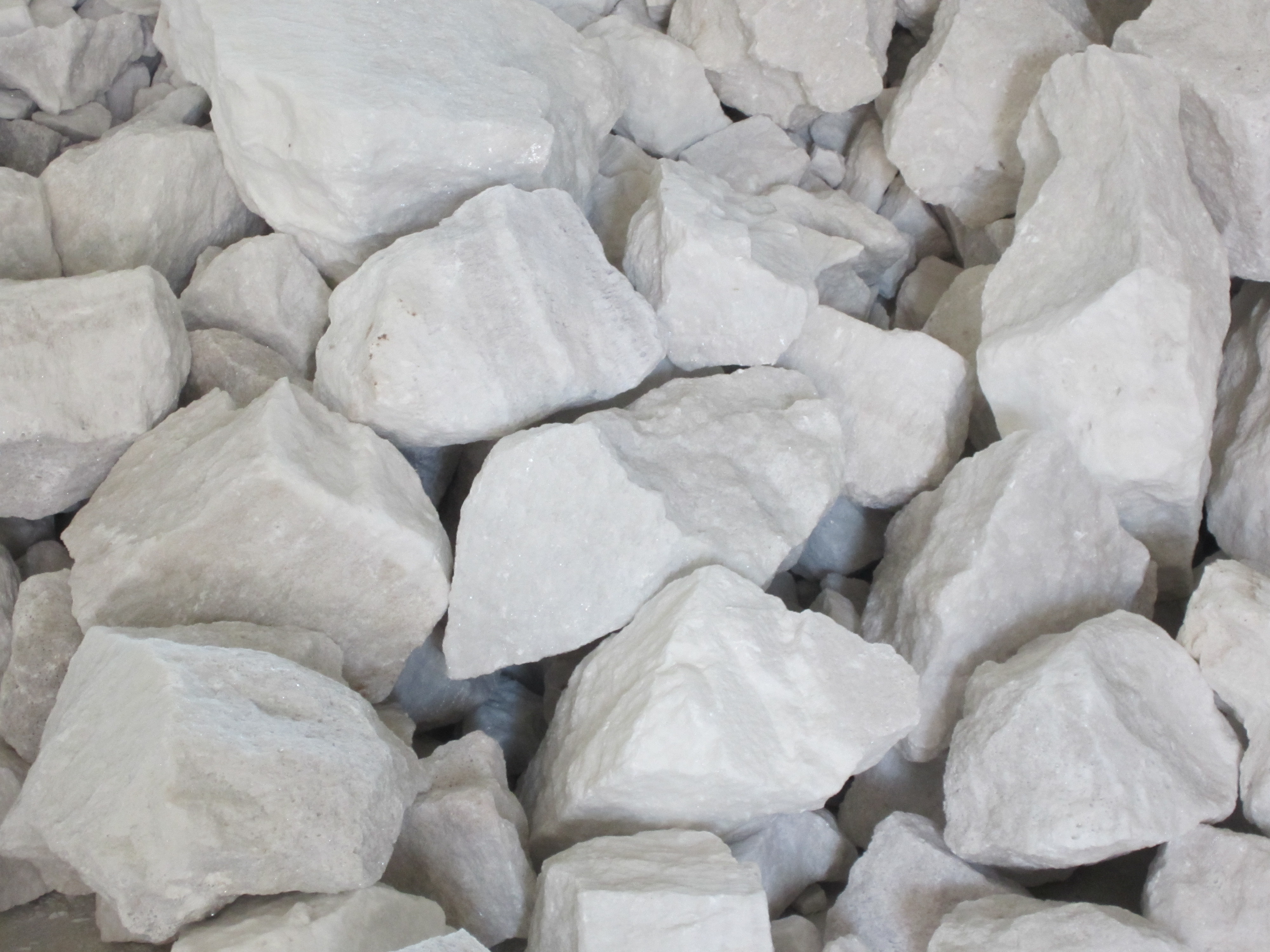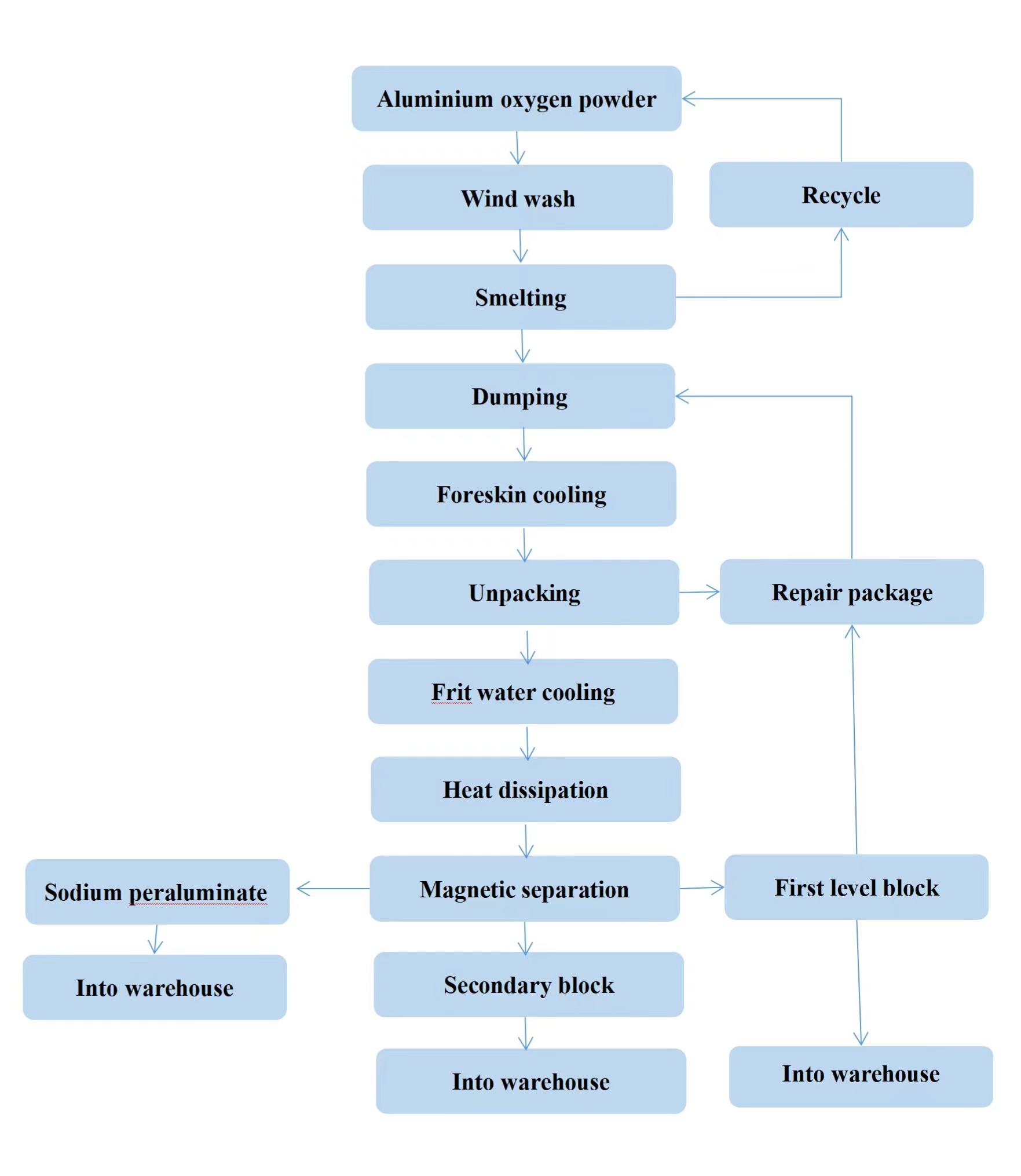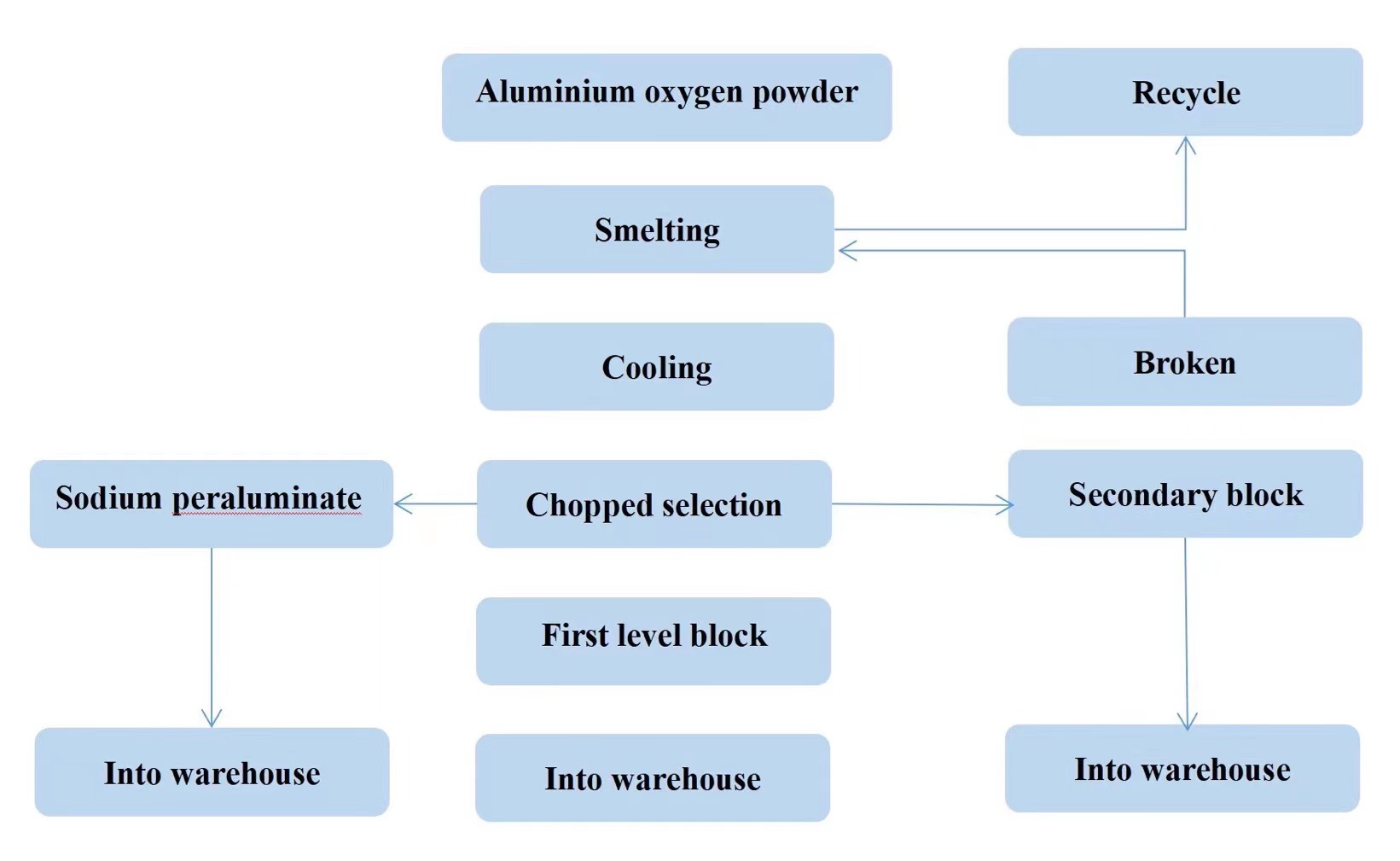HOME > NEWS

There are many varieties of alumina oxide abrasives. In addition to brown alumina oxide, white alumina oxide is also extremely important. White alumina oxide is also widely used. Let''s summarize the production process of white alumina oxide.
The main raw material for the production of white alumina oxide abrasives is alumina powder, which is an industrial product made of bauxite through chemical purification. Alumina powder is white powder, with an alumina content of over 98% and a melting point of over 2000℃. It is also the main raw material for making pink alumina oxide.
Raw material requirements
High-quality white alumina oxide depends on the quality of alumina powder, and the quality of alumina powder depends on the content of alumina and sodium chloride in it. When making white alumina oxide abrasives, the alumina content must be controlled above 98.4%. The content of sodium oxide is not higher than 0.6%, otherwise many substandard products will be produced, so the content of sodium oxide should be strictly controlled. High sodium oxide content will generate a lot of β-alumina, which will affect the properties of white alumina oxide, such as the decrease of crystal hardness of white alumina oxide, the decrease of cutting ability, easy pulverization and broken, low thermal stability and so on.
Smelting principle
White alumina oxide is made of aluminum oxide powder which is melted in an electric arc furnace and then cooled and crystallized. Like brown alumina oxide, the smelting time determines whether the charge is fully melted and the carbon is fully volatilized. There is no reduction process in the smelting of white alumina oxide, so the impurities may remain in the crystal structure, which will affect the chemical composition and color of white alumina oxide and reduce the quality of white alumina oxide.
Among them, the most harmful impurity is sodium oxide. In order to eliminate or reduce the harm of sodium oxide, three methods have been adopted in smelting:
1. Adding quartz sand method: the purpose is to form nepheline and limit the formation of sodium aluminate. Nepheline is less harmful than impurity sodium aluminate, but adding sodium oxide will introduce silica impurities at the same time, and the remaining in alumina oxide Nepheline and silica are still difficult to remove, and still affect white alumina oxide.
2. Adding aluminum fluoride method: aluminum fluoride is relatively stable, and it is not easy to react with carbon at high temperature. When aluminum fluoride is added in excess, cryolite will form. It is possible to fully volatilize under the high temperature reaction, and if not volatilized, it will be segregated when the white alumina oxide is cooled, and the residue can also be removed in the water washing process. But this method is harmful to workers and equipment.
3. Cooling segregation method: The melting point of sodium aluminate is 1900℃, which is lower than that of alumina, so it is the first to crystallize from alumina oxide. The appearance and structure of sodium aluminate crystals and white alumina oxide crystals are different, and they are easy to identify and can be removed after released from the furnace. This method is mostly used at domestic and abroad. This industry requires that the sodium oxide content be as low as possible, preferably within 0.3%.
The content of low-sodium white alumina oxide and sodium oxide can be ≤0.2, or even ≤0.1. Because of the reduction of sodium content, the performance of white alumina oxide can be improved in various aspects, such as melting point, particle density, bulk density, flexural strength, compressive strength, true density, hardness and so on. At present, it is mainly used in special ceramics, high-quality refractory materials and other fields.
Smelting process
The technological process of white alumina oxide is divided into pouring method, frit method and exile method.
Pouring method

The common white alumina oxide is white in color and translucent granular. The white alumina oxide has fewer impurities, higher purity and better quality. The impurity components that affect the color of white alumina oxide are mainly TiO2 and Fe2O3. When their content is less than 0.55%, the color of white alumina oxide is normal. When their content is higher than 0.55%, the color of white alumina oxide will be yellow or red. Even blue and black. During the smelting process, if impurities are not removed, the color of white alumina oxide will be unattractive. During the crushing and screening process, the machine is rusted and worn, and the doping will also make the color of white alumina oxide not pure enough. When using a ball mill for crushing, if ceramic balls are used as the grinding medium, impurity pollution can be reduced, because ceramic grinding balls are also made of alumina powder, and the main component is Al2O3.
Whether the color of white alumina oxide is pure is also the standard for the quality inspection of white alumina oxide. If the quality of white alumina oxide is not up to standard, it will have an adverse effect on the hardness and grinding performance of white alumina oxide.
PS: The granulation process of white alumina oxide is the same as the brown alumina oxide process, please refer to the previous article: Production of brown alumina oxide.
Frit method